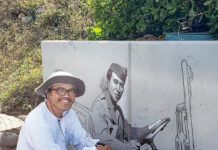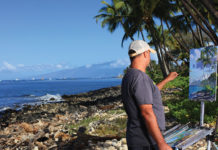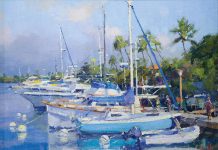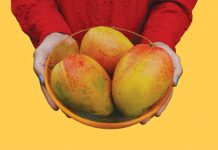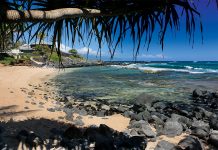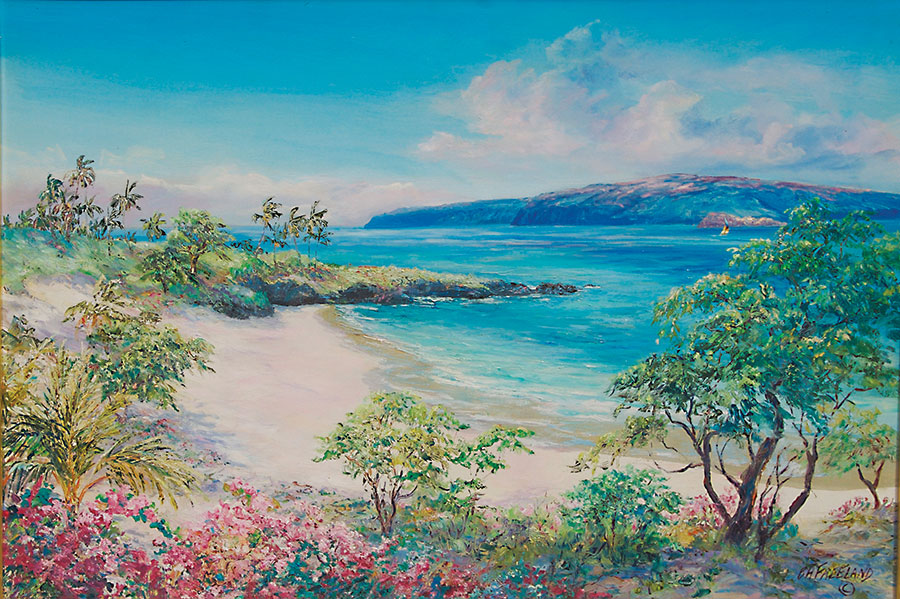
“Her artwork was part of everything we did,” says Denby. She recalls at age three toddling around “carrying easel bars on Moloka‘i” and later “passing pūpūs at Lahaina art openings.” She admits to disliking art lessons as a kid. Mom put her in summer-school art classes at Punahou — then went off plein-airing — and Denby invented so many sicknesses to avoid class that the school called Betty Hay, wondering about her daughter’s chances of survival. Denby’s brother behaved similarly, throwing his school artwork directly into the trash. The problem: nothing they made looked as good, or as easy, as Mom’s.
Later Denby shrugged off this anxiety. She took classes at Lahaina Arts Society, then majored in art at University of Washington, where she focused on watercolor. When she switched majors to anthropology, she confronted her own duality of interests: as much in endemic cultural practices and physical settings as in artistic interpretation of those settings. She has worked as an environmental educator in various ways, with Bishop Museum, Hawai‘i Nature Center, Hawaiian Islands Land Trust, and now with Learning Endeavors, a local nonprofit organization focused on innovative educational programs. She vagabonded the planet: Europe, Nepal, Bali. . . . On her return, she continued to paint, and teach, watercolor. But her duality now has coalesced with kapa.

